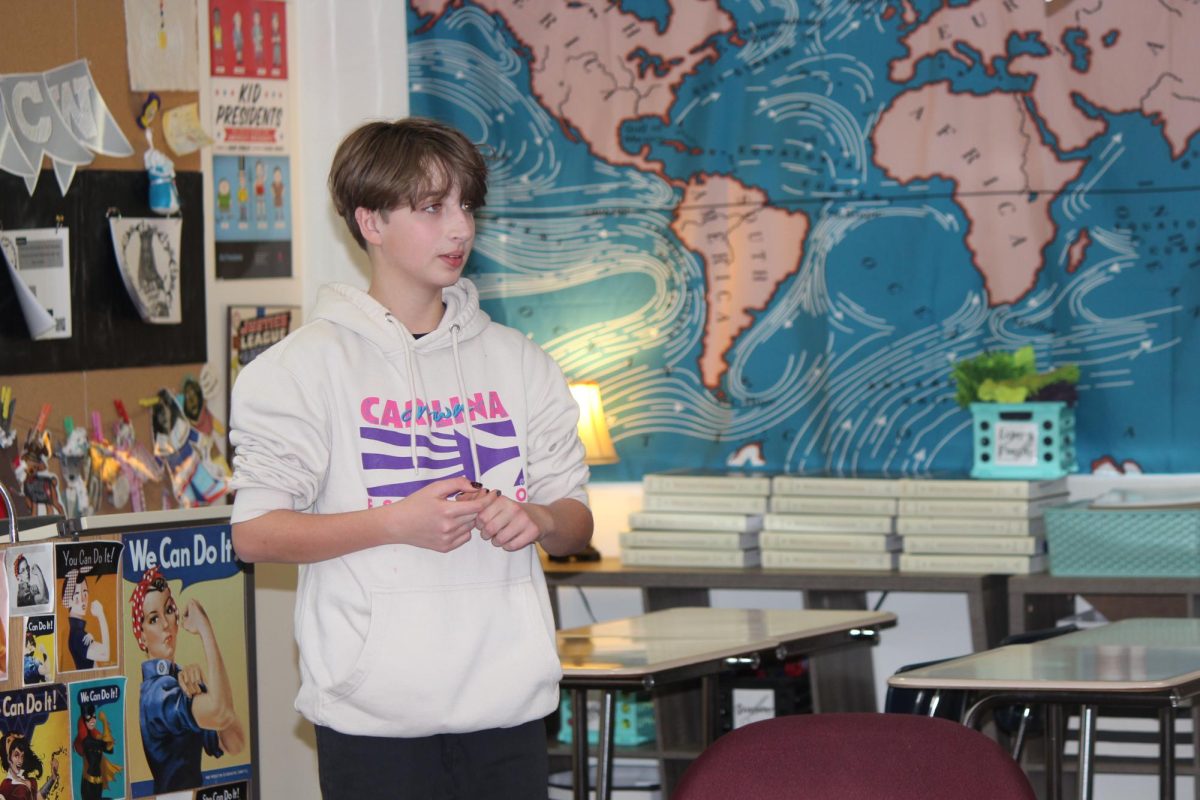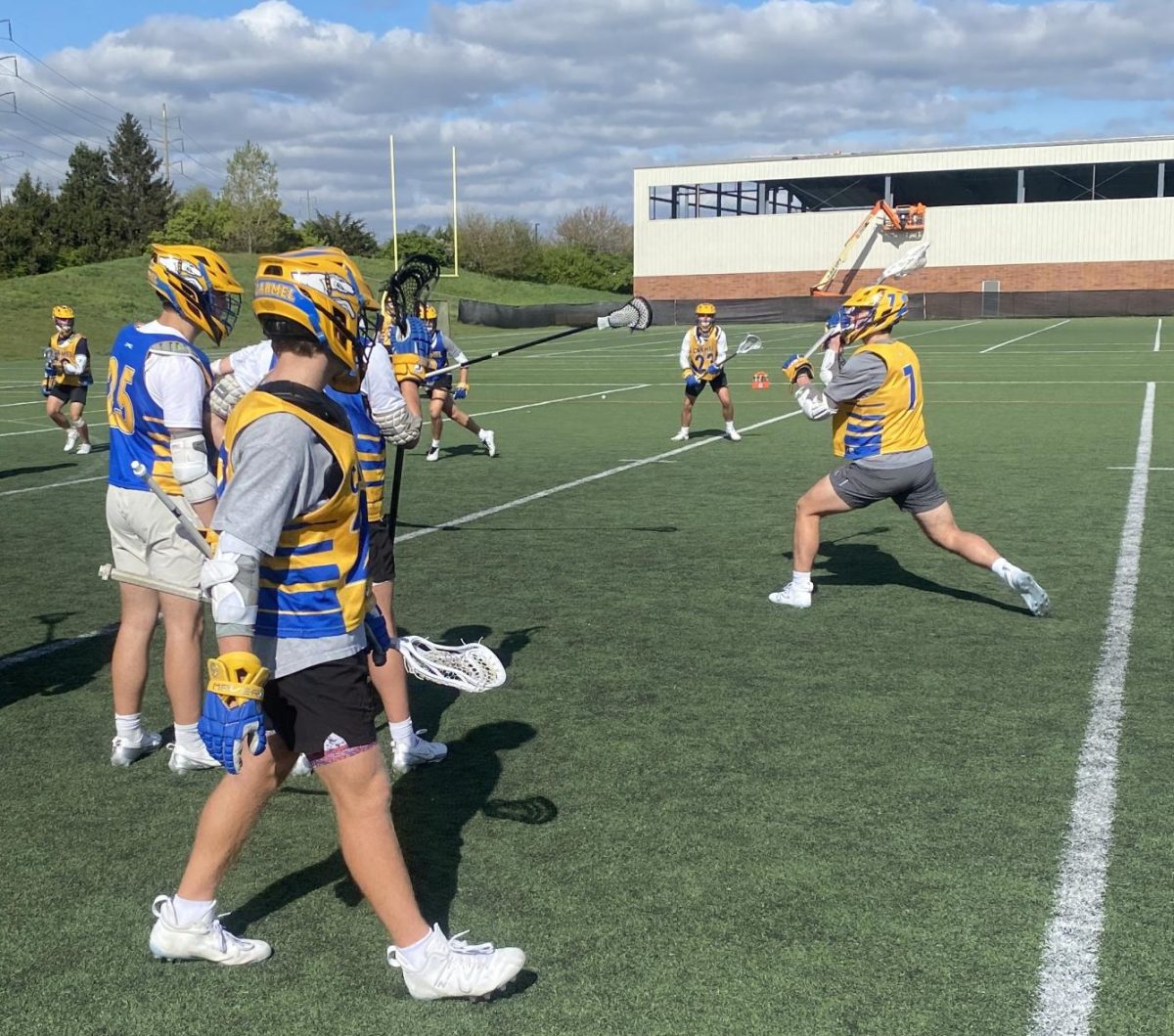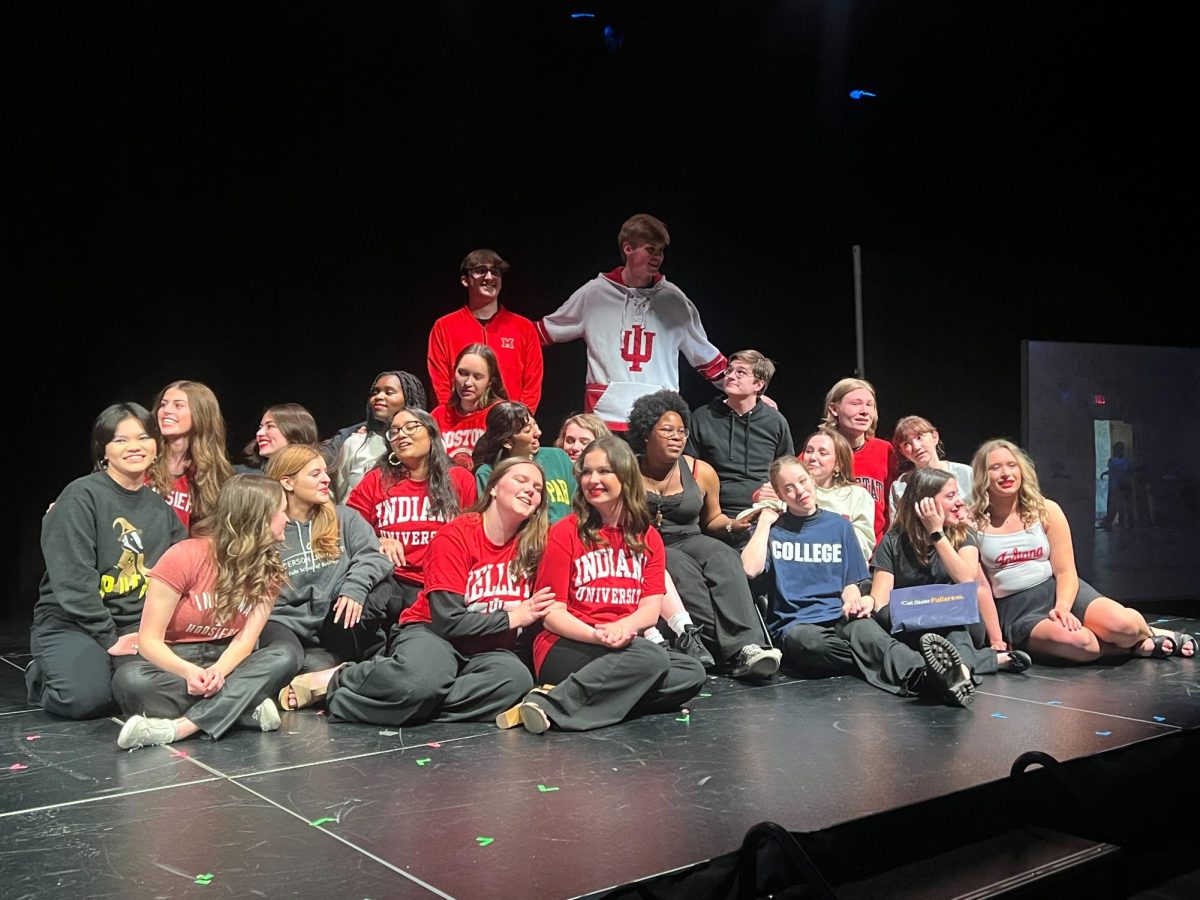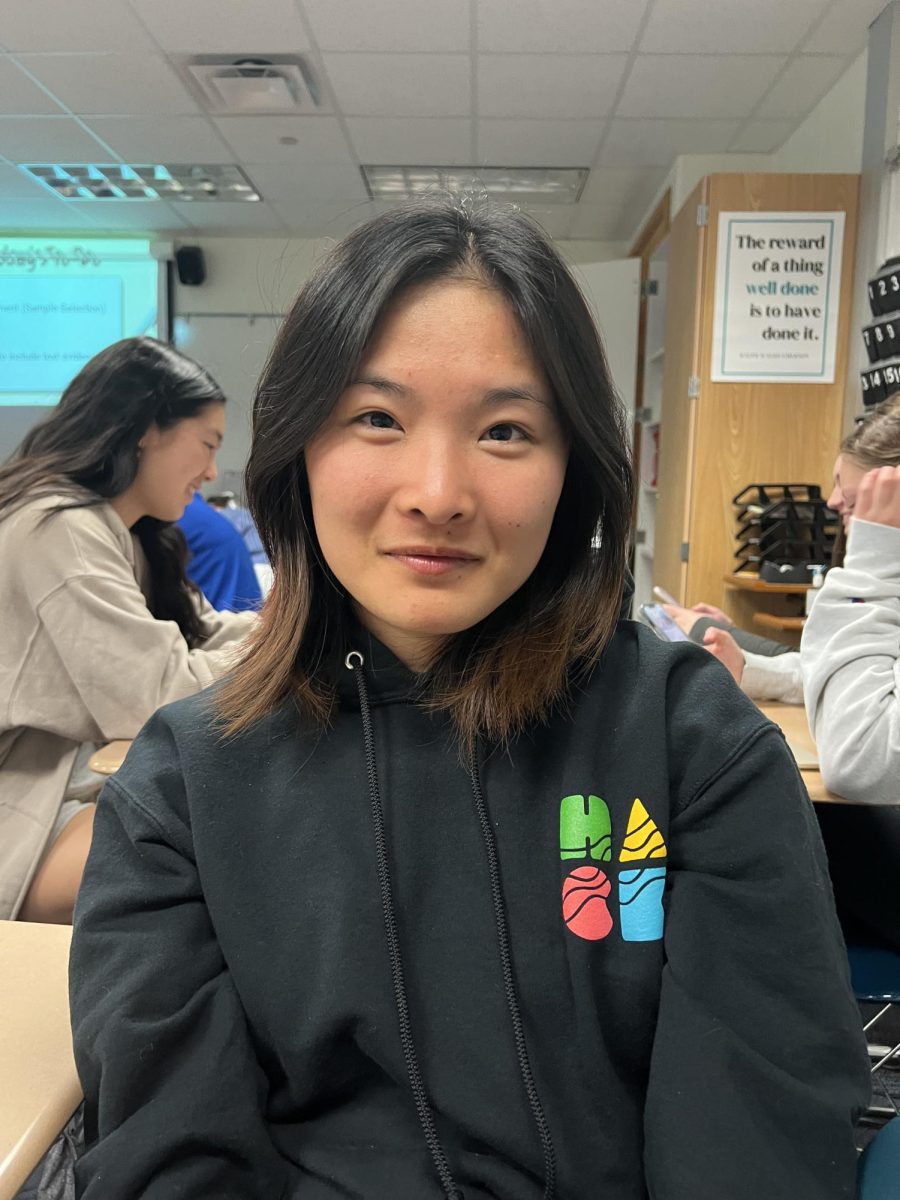
As the economy remains stagnant, more and more people in America have become frustrated with the government’s response to the problem. Recently, this frustration manifested itself by the Occupy Wall Street protests in New York City, which then incited similar protests in cities across the nation. These protests have grown in publicity and support over the past couple of months, and some students at this school joined the local protest, Occupy Indianapolis.
The Occupy Indianapolis movement primarily organizes rallies and marches, but there is a small contingent that has stayed in front of the statehouse 24 hours a day. One of these protesters, James Kerner, said he has decided that enough is enough.
Kerner said, “We are the 99 percent. There are four banks running the show, and all of the courts have failed us.”
The group outside the statehouse is allowed to protest as long as they abide by certain rules. They cannot stake anything into the ground and cannot have any permanent shelter on the statehouse grounds or sleep on the lawn.
“(This cause) is important,” Kerner said. “We are fighting for the younger generation. If my generation doesn’t do it, who will?”
Despite the initial momentum of the Occupy protests and the passion of people like Kerner, U.S. history teacher William Ellery said the protests would not last very long.
“They’ll run their course because they have no platform,” he said. “This isn’t ‘pass this law,’ or ‘pass this specific issue.’”
The protest itself is modeled after the Arab Spring movement in Egypt, but protesters like Kerner gave vague answers as to their purpose.
Kerner said, “The money is moving one way. If you look around downtown, you will notice that the Chase Tower is the tallest building. They look down on us. The banks control everything.”
Perhaps as a result of that lack of clarity, after the initial protest on Oct. 8, the size of the Occupy Indianapolis movement dwindled. The small contingent of protestors that remain outside the state house number fewer than 10.
On Oct. 8, senior Denise Funk participated in the initial Occupy Indianapolis rally. Hundreds of people marched across downtown, ending in front of the Statehouse where they chanted, urging lawmakers to enact change. Before the march, Funk painted signs in her garage.
“We want to be heard. We no longer want the government to be controlled by banks and corporations,” Funk said.
Occupy Indianapolis protestors, like Kerner said that CHS students should be informed of their movement and its goals.
“Those are some smart kids up at Carmel. They need to know we are here. They could help,” Kerner said.
Ellery said he agrees that students should be informed about the protests. According to Ellery, the students have a voice and they need to realize that some of these issues apply to them. There are general assemblies every night at 7 in front of the Statehouse, in which protestors can make a proposal as to what they want accomplished.
According to Ellery, there have been protests that are similar to the Occupy movement in the past. He said that the environmentalist protests in the ‘60s and ‘70s are similar to what is taking place now. Ellery stated that the difference between the Occupy protests and those was a stated and publicized platform.
Ellery said, “It is hard to tell how long these (Occupy) protests will continue without a platform.”



















































![Review: “Suits” is a perfect blend of legal drama and humor [MUSE]](https://hilite.org/wp-content/uploads/2024/04/unnamed-1.png)
![Chelsea Meng on her Instagram-run bracelet shop [Biz Buzz]](https://hilite.org/wp-content/uploads/2024/04/IMG_2446-1200x838.jpg)
![Review: Quiet on Set: The Dark Side of Kids TV is the long awaited exposé of pedophilia within the children’s entertainment industry [MUSE]](https://hilite.org/wp-content/uploads/2024/04/unnamed.jpg)
![Review: “The Iron Claw” cannot get enough praise [MUSE]](https://hilite.org/wp-content/uploads/2024/04/unnamed.png)
![Review: “The Bear” sets an unbelievably high bar for future comedy shows [MUSE]](https://hilite.org/wp-content/uploads/2024/03/unnamed.png)
![Review in Print: Maripaz Villar brings a delightfully unique style to the world of WEBTOON [MUSE]](https://hilite.org/wp-content/uploads/2023/12/maripazcover-1200x960.jpg)
![Review: “The Sword of Kaigen” is a masterpiece [MUSE]](https://hilite.org/wp-content/uploads/2023/11/Screenshot-2023-11-26-201051.png)
![Review: Gateron Oil Kings, great linear switches, okay price [MUSE]](https://hilite.org/wp-content/uploads/2023/11/Screenshot-2023-11-26-200553.png)
![Review: “A Haunting in Venice” is a significant improvement from other Agatha Christie adaptations [MUSE]](https://hilite.org/wp-content/uploads/2023/11/e7ee2938a6d422669771bce6d8088521.jpg)
![Review: A Thanksgiving story from elementary school, still just as interesting [MUSE]](https://hilite.org/wp-content/uploads/2023/11/Screenshot-2023-11-26-195514-987x1200.png)
![Review: When I Fly Towards You, cute, uplifting youth drama [MUSE]](https://hilite.org/wp-content/uploads/2023/09/When-I-Fly-Towards-You-Chinese-drama.png)
![Postcards from Muse: Hawaii Travel Diary [MUSE]](https://hilite.org/wp-content/uploads/2023/09/My-project-1-1200x1200.jpg)
![Review: Ladybug & Cat Noir: The Movie, departure from original show [MUSE]](https://hilite.org/wp-content/uploads/2023/09/Ladybug__Cat_Noir_-_The_Movie_poster.jpg)
![Review in Print: Hidden Love is the cute, uplifting drama everyone needs [MUSE]](https://hilite.org/wp-content/uploads/2023/09/hiddenlovecover-e1693597208225-1030x1200.png)
![Review in Print: Heartstopper is the heartwarming queer romance we all need [MUSE]](https://hilite.org/wp-content/uploads/2023/08/museheartstoppercover-1200x654.png)























![Review: Ladybug & Cat Noir: The Movie, departure from original show [MUSE]](https://hilite.org/wp-content/uploads/2023/09/Ladybug__Cat_Noir_-_The_Movie_poster-221x300.jpg)

![Review: Next in Fashion season two survives changes, becomes a valuable pop culture artifact [MUSE]](https://hilite.org/wp-content/uploads/2023/03/Screen-Shot-2023-03-09-at-11.05.05-AM-300x214.png)
![Review: Is The Stormlight Archive worth it? [MUSE]](https://hilite.org/wp-content/uploads/2023/10/unnamed-1-184x300.png)


